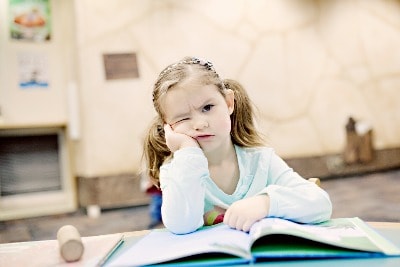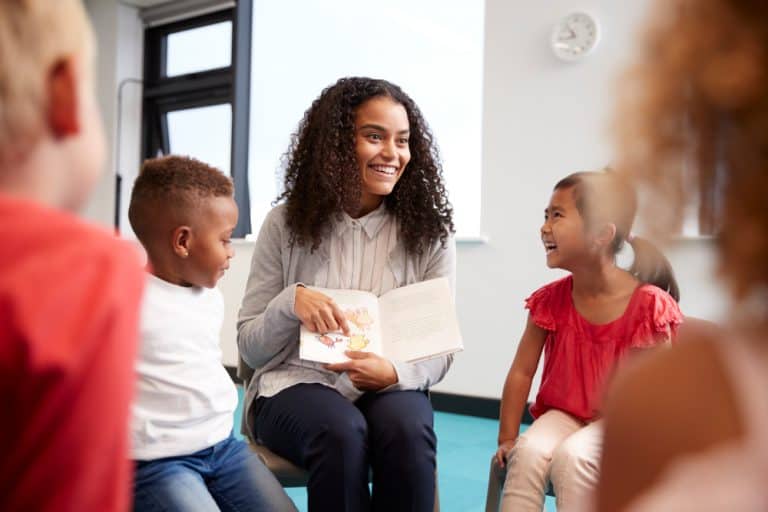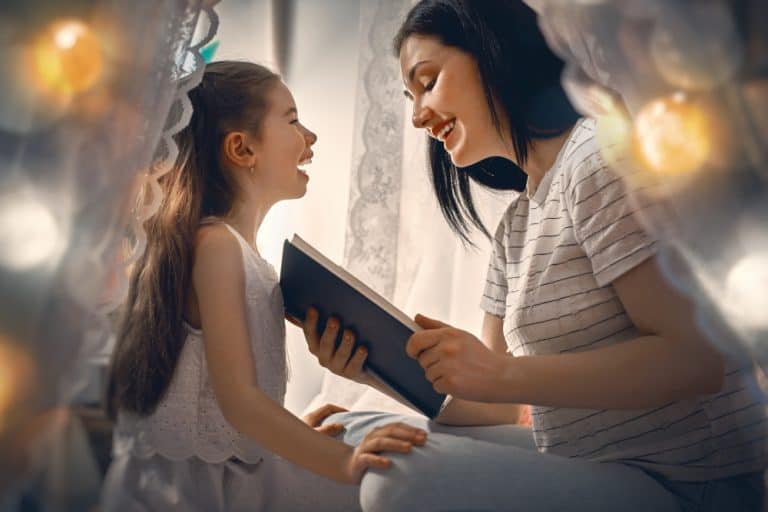Are you an aspiring author? Learn how to write a children’s book, from developing characters and ideas to finding the right illustrator.
Being in the business of helping children’s book authors find their feet in the complicated and challenging world of book writing, publishing and illustrating, I have met many people aspiring to be successful authors. This article is based on what I’ve learned while working with children’s book authors, specifically addressing the question: I want to write a children’s book. Where do I start?
This article is not only meant for those writing a children’s book for the first time. It’s also for you if you have tried to write the best kid’s book but ended up failing.
Let’s explore the essential steps to get you started!
When starting to write a children’s book, keep this in mind:
- Which age group is your children’s book for?
- Ideas for writing a children’s book
- Develop your main character
- How long should a children’s book be?
- What should you not do when writing a children’s book?
- How to write a children’s book template
- Find the right illustrator.
In this guide, I will cover all the points above and, hopefully, help you write an amazing children’s book!
Which Age Group Is Your Children’s Book For?
Knowing your target age group is crucial when writing a children’s book. Different age groups have varying levels of comprehension and interests. So know your age range and align your writing style, vocabulary, and themes accordingly. By understanding the developmental stages of your target readers, you can create a book that resonates with them and captures their attention.
It’s also essential to understand how publishers classify age groups for readers. Some kids will read books above or below their age range, but your book should fit into a defined age category, so buyers know which kind of book it is, bookstores know which shelf to put it on, and so on. From my experience, understanding children’s book age groups will help your book to sell.
Briefly, you get board books for babies and toddlers, picture books for 2-5-year-olds and for 5-8-year-olds, early readers for 4-8-year-olds, first chapter books and graphic novels for 6-9-year-olds, and middle-grade novels and graphic novels for ages 8-14.
Nonfiction book age groups are very similar.
If you want to read more about children’s book age groups, here is how publishers classify different children’s books by age and here is a more comprehensive article about children’s book age groups with examples.
Ideas For Writing A Children’s Book
Once you have identified your target age group, the next step is to develop an idea for your book. Although, it’s important to add, you can also come up with an idea first and then choose an age group.
Generating ideas for your children’s book is an exciting process.
A great way to come up with or improve ideas is to ask, “What if?” Take an existing idea or any ordinary scenario, and ask “what if…”.
“What if your character could talk to animals?”
“What if the story took place in a magical forest?”
“What if the story happened in a technologically advanced world?”
Another way to come up with ideas is to interact with children. By observing what they do and listening to them, you can come up with fantastic and relevant ideas.
You can also draw inspiration from your childhood.
When writing a children’s book, the most important thing is that the child enjoys it. If you have children’s book ideas with morals, it is possible to incorporate those morals or messages into your stories, but it should never overshadow the main characters and the plot. Instead, the moral or message should be secondary and subtly woven into the narrative. Don’t hit kids over the head with morals or lessons. If your story is entertaining, young readers are more likely to remember and connect with it, including your message or moral.
Develop Your Main Character
Every good story starts with a relatable character. It’s crucial to ensure that your main character feels real. Failure to do so will make your story unrelatable with your audience.
Want to develop great characters such as Winnie the Pooh, Harry Potter, Hermione Granger and Ron Weasley, Mowgli and Baloo, or Paddington Bear?
To help you develop relatable and memorable characters, answer these questions:
- Is it a boy, girl, animal, mythical creature, or something else?
- What is their best quality?
- Who do they love?
- What do they hate?
- What is the best habit?
- What is their worst habit?
- Are they serious, happy-go-lucky, or somewhere in between?
- Are they smart?
- Do they have any special abilities?
- Are they brave?
- Do they have secrets?
Asking yourself the questions above, and thinking of more qualities of your main character, will help you develop a great character. You can also read this article for more insight.
How Long Should a Children’s Book Be?
The length of your children’s book is an important consideration. Length and word count are based on the age range. Generally, stories for younger children are shorter, while those for older children are longer. This has to do with attention-span and reading level, and for picture books, with how long it takes to read. Most parents want to read their kids a short and sweet bedtime story, not a novel that takes ages to get through.
There aren’t hard and fast rules about word counts, but there is some agreement about the ballpark figure for the word count of each kind of children’s book.
Here are some guidelines for the word count for your children’s book:
- Board Books: 0-200 words
- Early picture books: 200 (or less) to 500 words
- Picture books: 500 (or less) to 800 words
- Nonfiction picture books: 800 (or less) to 3200 words
- Early readers: 100-1000 words
- Early chapter books: 1000-6000 words
- Chapter books: 5000-10,000 words
- Lower middle grade:10,000-25,000 words
- Upper middle grade: 20,000-55,000 words
- YA: 50,000-85,000 words
While these aren’t set in stone, if your picture book has 2500 words, for instance, it will usually not be successful. Remember, your book should please the parents and teachers too, not just the children.
You can also see Mary Kole’s (freelancer editor and author) take on word count for children’s books by clicking here.
How Many Pages Should a Children’s Book Be?
Page count also varies by age group and depending on the type of book. For instance, a board book and picture book have fewer words on a page than a middle grade book.
Here, again, are some guidelines:
Board books: 12-16 pages
Early picture books: 32 (24-36) pages
Picture books: 32 (24-36) pages
Nonfiction picture books: 32-48 pages
Early readers: 32-64 pages
Early chapter books: 30-64 pages
Chapter books: 48-80+ pages
Lower middle grade: 64-100 pages
Upper middle grade: 80-200 pages
YA 12-18: 180-320 pages
What Should You Not Do When Writing a Children’s Book?
As an aspiring author who is learning how to write a children’s book and get it published, you want to wow your audience when they read your book. This is not easy to achieve, and accomplished authors can attest to this.
To be successful, you need to avoid the following mistakes when writing for children.
Not studying the craft
One of the biggest mistakes I see new authors making is not studying books in their genre, not studying writing craft, and not studying industry standard. Whether you want to self-publish or submit to a traditional publisher, you need to learn what makes a good book, and part of what makes a good book is that it meets readers’ or buyers’ expectations.
When someone buys a picture book, they expect it to have roughly 32 pages and roughly 500 words. If you write a 54-page picture book with 3000 words, buyers will be unhappy. It’s important to study the industry and writing craft.
Your story can (and should) be original and your own, but meeting expectations in terms of tropes and industry standards is important, and writing craft exists for a reason. Knowing writing craft and studying excellent books in your genre will help you write an excellent book yourself.
Rushing And Not Taking Care
It’s important that children’s books should be of high quality. They are playing a part in shaping our future generation, and we should take the care to do a good job.
Take the time to learn about writing craft and how to create a high-quality book, and put the care into your book to make it amazing. I often see authors in such a rush to publish the book that they miss out on the opportunity to create something great.
Taking Forever
This may seem contradictory after I just wrote not to rush it, but the other side of the coin is getting stuck in perfectionism. Some aspiring authors become paralyzed by self-doubt and fear, or forever feel they can make the book better, when they’ve revised 74 times already.
Learn how to write well, practice, revise your story to the best of your ability, get feedback and professional editing, hire an illustrator, and publish! Or, if you’ll submit to traditional publishers, do that after the feedback step.
Overthinking and over-revising will end up hurting your manuscript. Recognize when it’s good and move on.
Using Big Words
Young children have a limited vocabulary.. If you use big words, they will lose interest in reading your book because they won’t understand it. To keep your audience interested in reading more of your books, keep it simple.
In picture books, you can get away with a couple of bigger words, since picture books are made to be read by an adult to the child, and the adult can help them with the big words. But for books that kids will read on their own, avoid words that will confuse them.
Being Overly Complicated
Avoid complex sentences and ideas as they confuse your readers. Use simple sentences and express ideas in simple terms that are more suited for a child’s mind. This should also extend to the theme of the story.
If you want to explore more complex themes, for instance, alternate dimensions, find a way to simplify it. And make sure it’s understandable to the age group that you are writing for.
Using Poor-Quality Illustrations
For picture books and other children’s books with illustrations, the quality of the illustrations is critical. Books with low-quality illustrations usually don’t sell well.
If you want to give your young audience a sense of wonder, do not use poor illustrations.
Poor Choice of Font
In reading books to my daughter, working with over 200 clients on designing their books, and working with many published authors, I’ve seen time and again that simpler fonts are best. It’s paramount that the font should be easily legible. It doesn’t have to be a boring font, but boring-and-easy-to-read beats fancy-and-hard-to-read every time.
If you are looking at a fancy font and a simple font, go for the simple font. You can still find many options that suit the theme of your book.
Making the Moral of the Story Too Obvious
As mentioned earlier, if you’re writing a children’s book to teach kids morals, never make the moral of the story too obvious. Don’t preach. By doing so, your book becomes uninteresting. Weave it into the story in a fun or interesting way that encourages engagement and critical thinking.
How to Write a Children’s Book Template
To make life a little easier, I have created a downloadable free children’s book template PDF that will guide you through structuring your children’s book. You can fill this template out on your computer, or print it out and fill it out. It will simplify the process for you and get you started on your way to a great manuscript!
Download the How to write a children’s book template here.
Find the Right Illustrator
Illustrations are an integral part of children’s books. They engage young readers and enhance their understanding of the story. It’s crucial to find the right illustrator that will create illustrations that are not only beautiful but also help to tell your story and add to it.
At GetYourBookIllustrations, we specialize in connecting authors with talented illustrators who bring their stories to life. Our services have helped many authors achieve success, and we are ready to assist you in finding the perfect illustrator.
Here are just a few of the authors we’ve helped create their books!
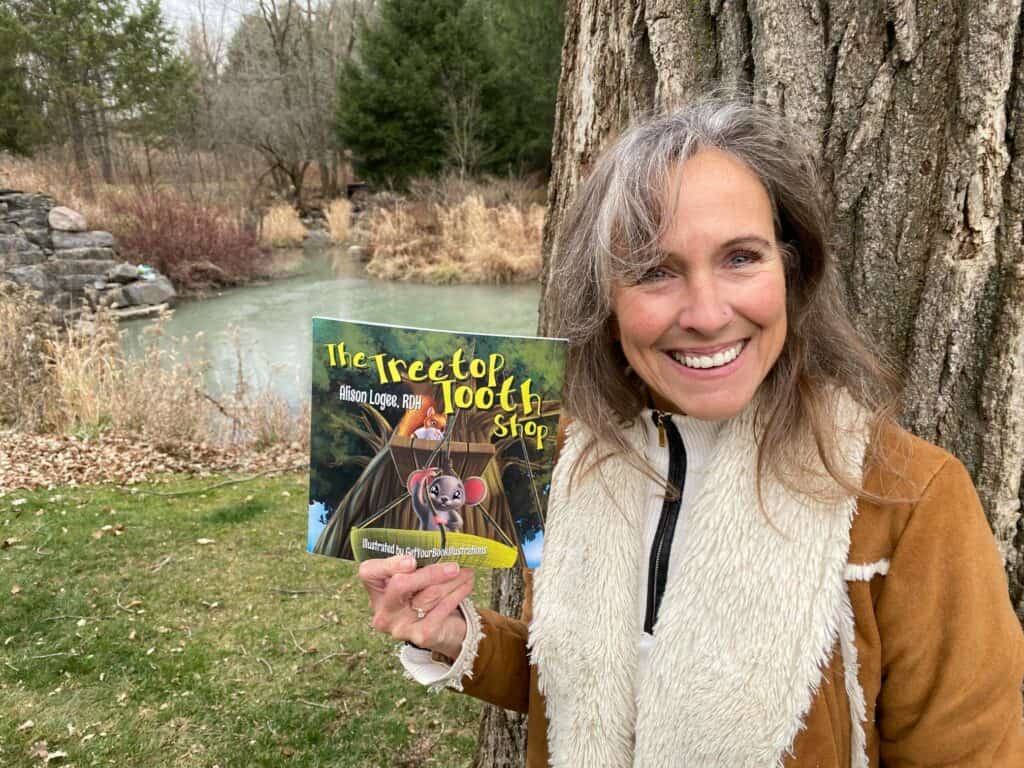
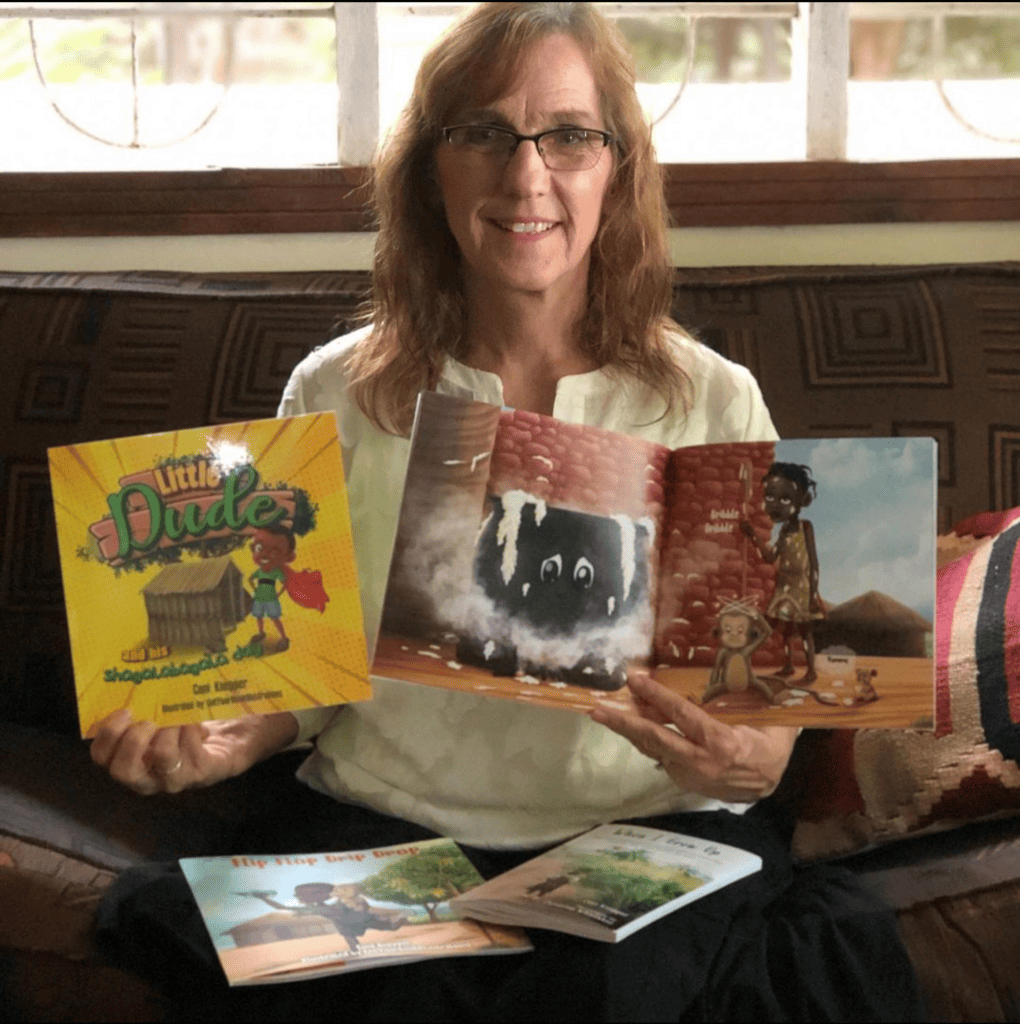
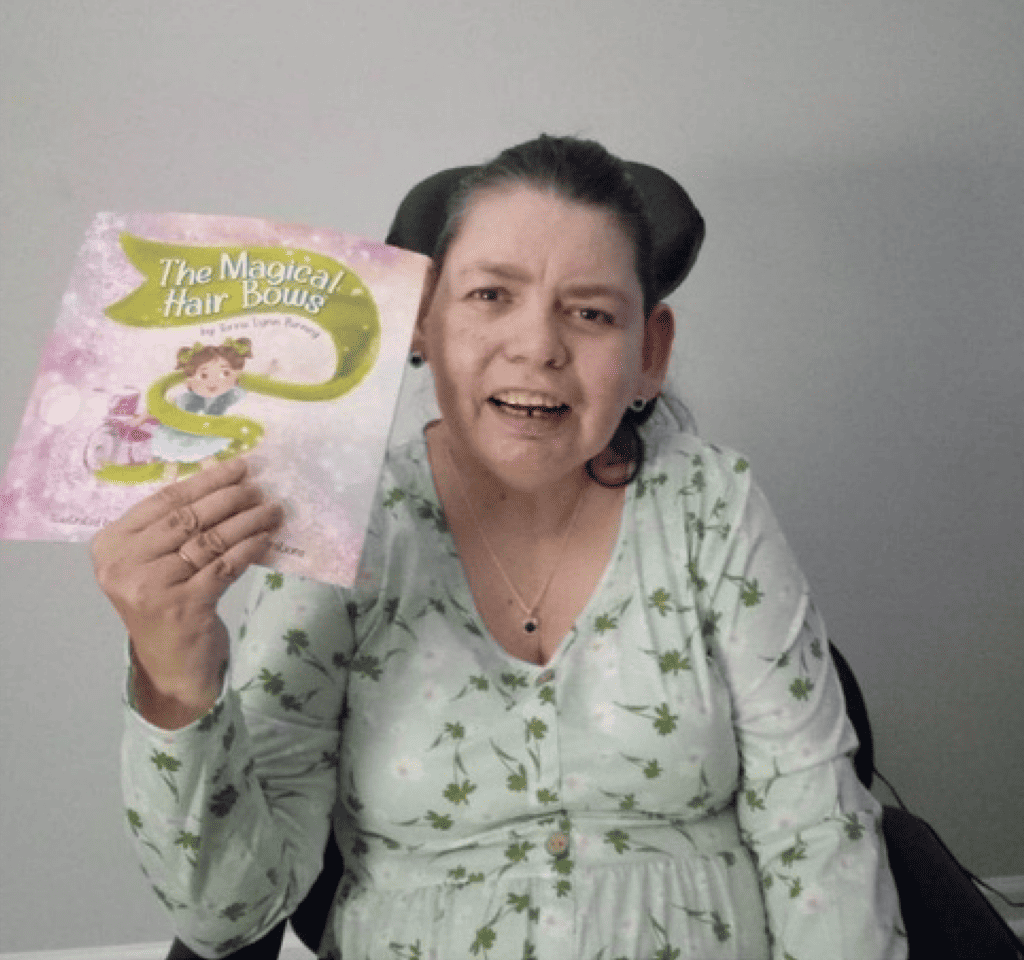
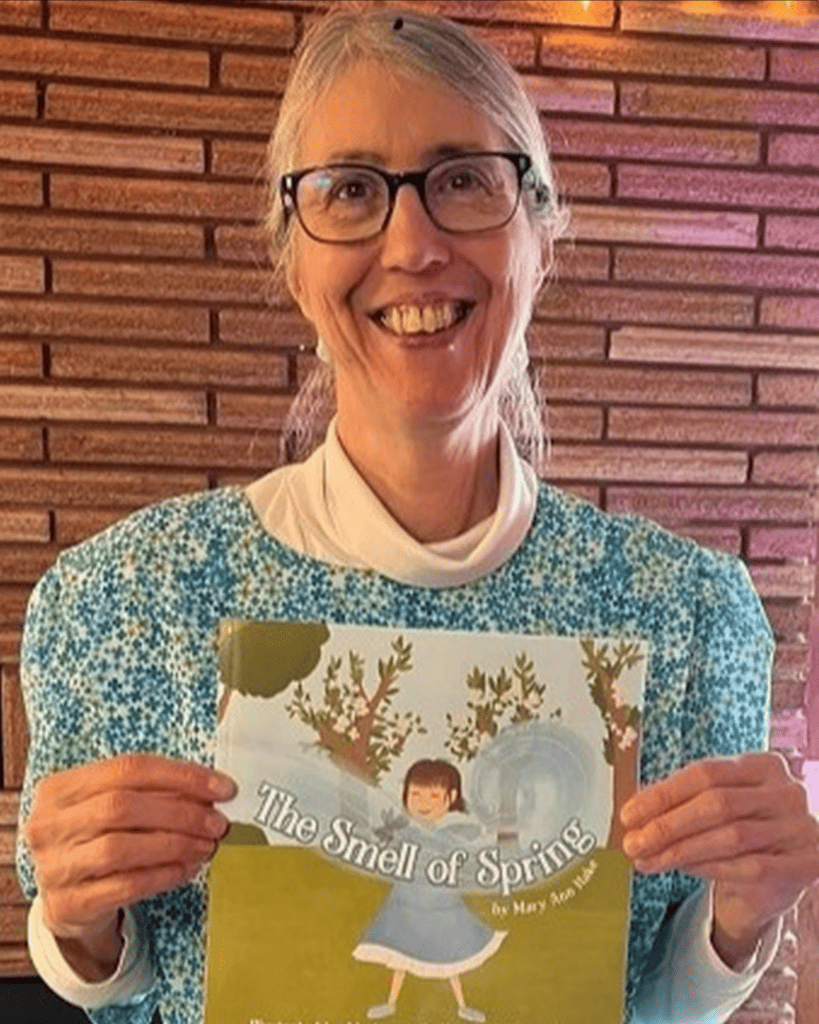
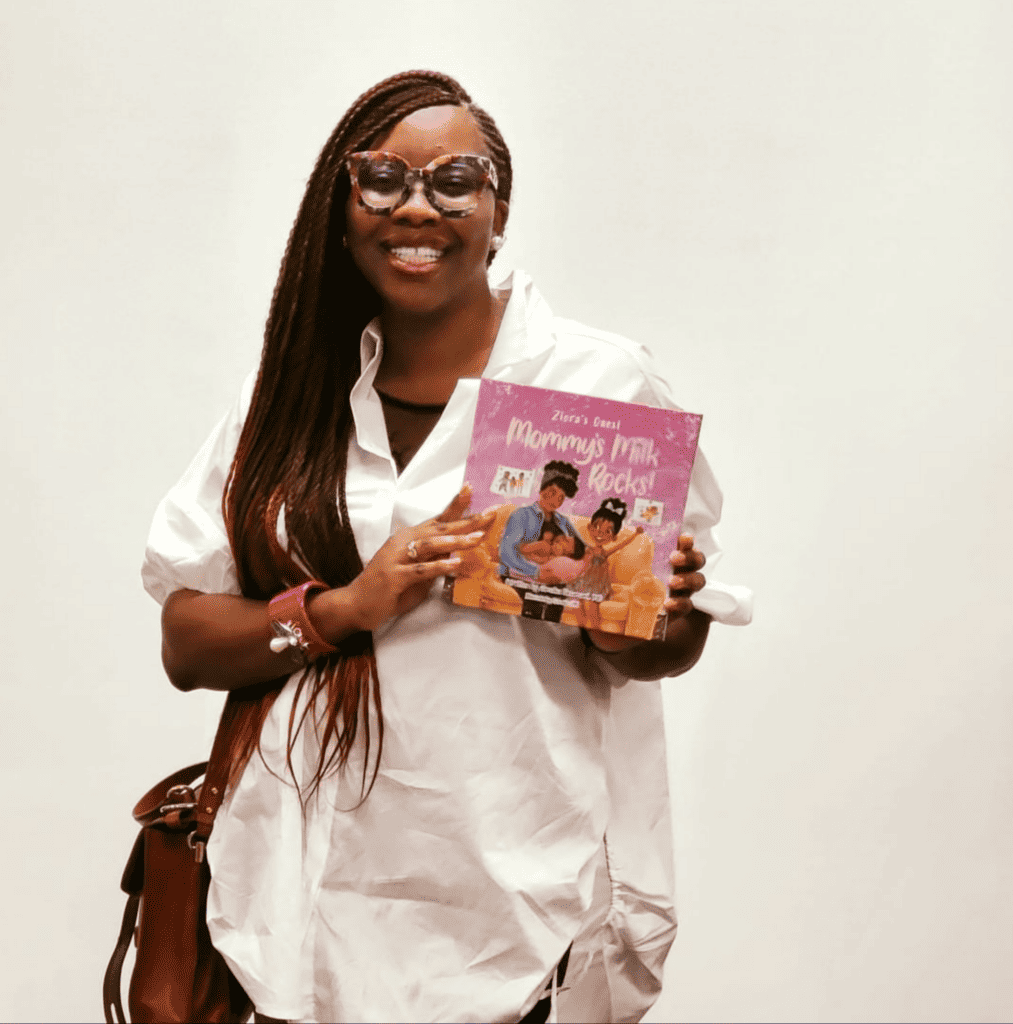
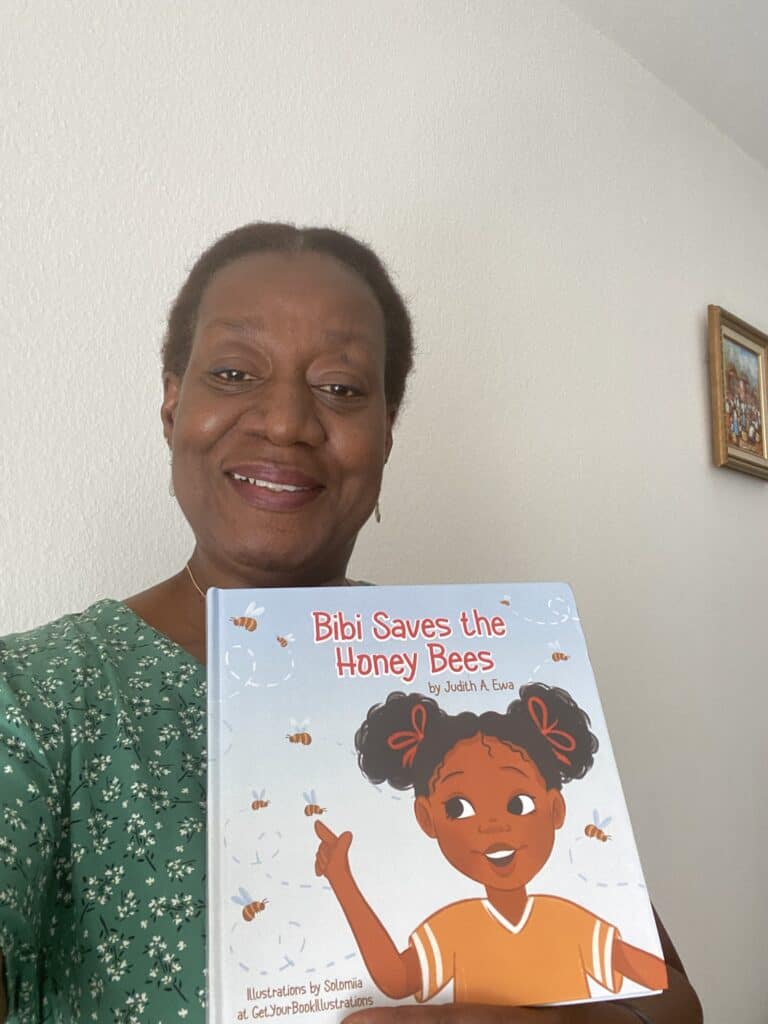
We would love to transform your ideas into beautiful illustrations. You can look around our website and book a free, obligation-free consultation call with us to find out more about our illustration services.
Feeling More Like You Know Where to Start When Writing a Children’s Book?
I hope this article has answered the question “I want to write a children’s book. Where do I start?” for you!
Starting your journey as a children’s book author may seem daunting at first, but with the right guidance, you can confidently embark on this adventure. Now that you know more about how to write a children’s book, I encourage you to get started!
Remember, identifying your target age group, generating creative ideas, developing memorable characters, and finding the right illustrator are key steps in the process. If you have any questions or feel there’s anything I overlooked, please share your thoughts in the comments section below. Happy writing!
We’d love to hear from you in the comments!
- For you, what is the most challenging part of writing a book?
- Is there something else you’d like to learn about writing that I haven’t covered in this article?
FREE Webinar: How To Write A Picture Book Without Self-Doubt Or Procrastination, Even If You’ve Always Struggled To Turn Your Idea Into A Story.

